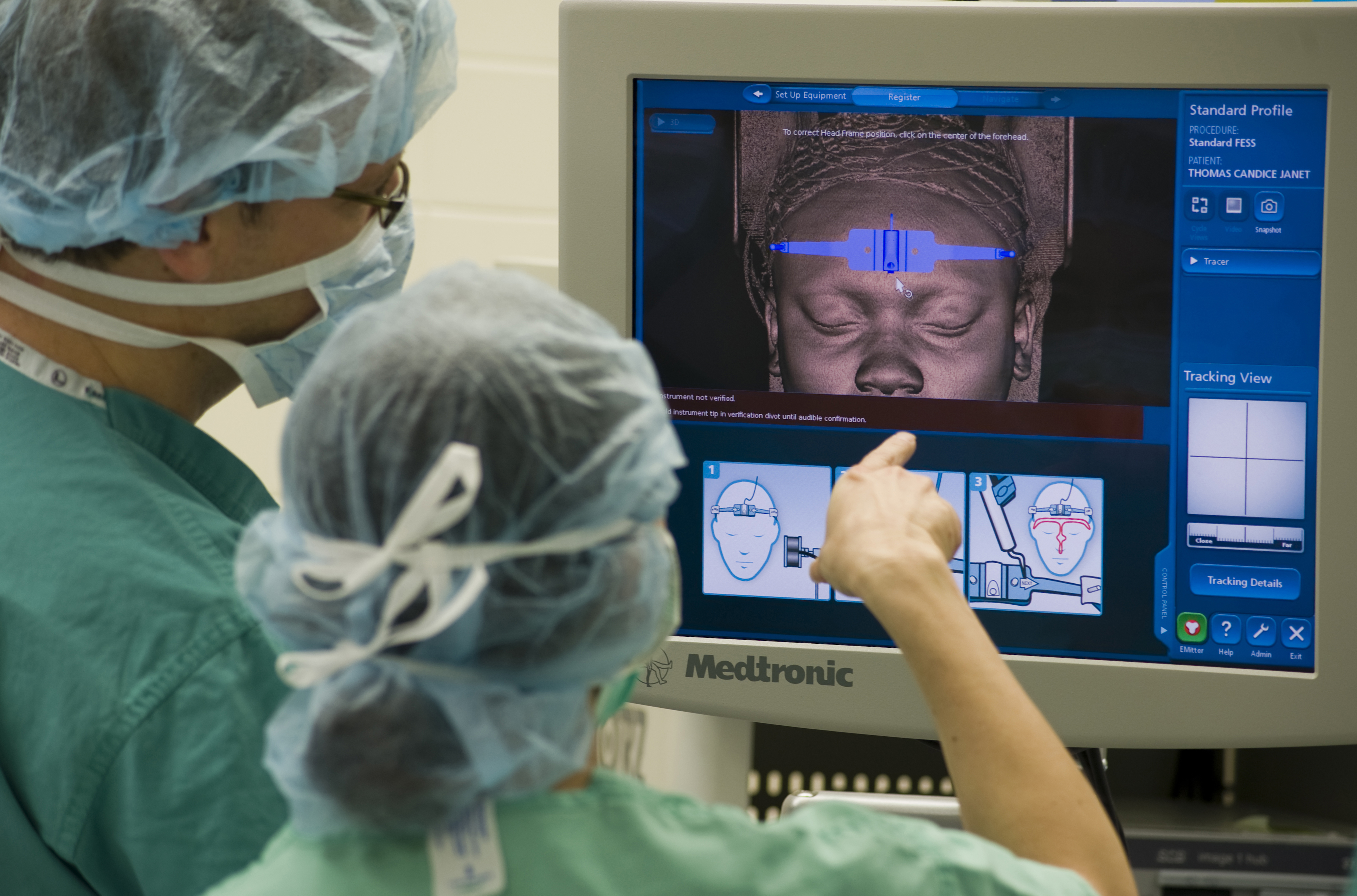 The research findings and positive outlook on stem cell usage is amazing – these multidimensional cells can transform into many different types of cells and tissues within the body, and therefore be key contributors to present and future medical therapies.
The research findings and positive outlook on stem cell usage is amazing – these multidimensional cells can transform into many different types of cells and tissues within the body, and therefore be key contributors to present and future medical therapies.
One of the ways that stem cells are being used in today’s modern society in the health and wellness realm is through the repair and regrowth of cartilage. Why is this imperative or necessary? Cartilage takes on many roles throughout the body, and is found in most joints, as well as in the nose and trachea. Cartilage is a very strong, mobile tissue, and varies in size and thickness in different areas of the body. (1)
Cartilage can be broken down into three main types: hyaline, elastic, and fibrocartilage, with hyaline being the most prominent within the body. Although this tough tissue serves many purposes, it has two main jobs – one, cartilage lets bones slide over each other at the joints. For example, when the knee flexes and extends, cartilage in the joint allows for smooth and uninterrupted movement when doing activities like running, walking, kicking a ball, etc.
The second primary job of cartilage within the body is protecting the body and joints from shock, like the pounding that comes from running, jumping, or any other activity that allows the body to be bearing weight. If cartilage wasn’t in between joints during activities like these, the bones would rub against one another and not only restrict movement, but it would also be very painful! (1)
Even though cartilage is very strong, it can unfortunately be damaged from injuries, aging, or diseases such as osteoarthritis. When cartilage wears out, especially at the joints, this can cause pain, irritation, and inflammation, since the ends of the bones are then susceptible to being rubbed on each other without the slick shock absorber in between to protect.
There are no nerves or blood vessels in cartilage – think of it as like a jelly type substance – so when there is injury, damage, or disease, it cannot heal or repair itself. With this breakdown of cartilage, there can also be changes in the bones around the joints, and corresponding ligaments and tendons that are nearby can also be damaged. This is typically classified as osteoarthritis, and the chances of developing this disease, especially in the knee joints, can be close to 50% over someone’s lifetime. (2)
!cartilage regrowthSo, how do stem cells correlate with cartilage repair and regrowth for diseases like this, as well as injuries? There are surgical procedures available to treat this condition, as well as certain pharmaceutical interventions, but it appears as though using stem cells in order to repair and regenerate the body’s own cartilage is a more successful and less invasive way to treat the degeneration of cartilage around the joints.
Stem cells can differentiate themselves into chondrocytes, or cells that are found within the strong connective tissue of cartilage. Because they are essentially able to morph into whatever cell body is necessary for the application, stem cells are the perfect choice to use as replacement chondrocytes within locations of the body that need new cartilage regenerated. Stem cells such as these are easily maneuverable, and can be multiplied in order to be used for therapy and regrowth. (3)
These cells, called mesenchymal stem cells, are derived from both fatty tissue (known as adipose tissue), bone marrow tissue, plus umbilical cord tissue (ideal since it is brand new and concentrated in mesenchymal stem cells) and come together to be able to be used as a replacement for cartilage repair and regeneration. Mesenchymal stem cells have also been touted for their ability to act as anti-inflammatories, which is imperative as the body is rebuilding itself. Along with that, these stem cells contain immunosuppressive abilities, which is helpful during the regeneration process. (3)
For over twenty years, stem cells such as these have been used in therapeutic application for osteoarthritis, with results spanning from increased range of motion, decreased pain, and the formation of new cartilage that is formed and fully functional within the joint. (5) Essentially, the more mesenchymal stem cells that are used for a non-invasive procedure such as this vastly improves the outcome, and comes with much less risk than a normal surgical procedure.

Aside from the clinical tests and scores that are done to evaluate progress in patients that have had stem cells repair and regrow cartilage, one study in particular noted that out of 15 people, 14 of those resumed normal functioning and were back to their daily lifestyles and sporting events within a year of having the procedure done – which is an amazing statistic, and shows how this type of therapeutic intervention can improve the overall quality of life of patients. (7)
Research shows us that the use of mesenchymal stem cells for therapeutic use such as this – the repair and regeneration of cartilage to protect the joints – has a positive outlook, and can definitely promote less financial stress and a quicker turnaround and recovery time than from a surgical standpoint (such as a total knee replacement). Because of the ability of these cells to renew themselves quickly, multiply, and differentiate themselves into the cell type needed – and in this case, the chondrocytes – we can be optimistic on just how far we can use these stem cells in therapy as an alternative to expensive and time-consuming surgical procedures. (4)
If you’re wanting more information on how these stem cells can be used for cartilage regrowth and repair, contact your local Boulder functional medicine team – and find out just what you can do to renew those joints!
In the Denver metro area and interested? Remember that regenerative procedures only take one injection and the benefits start within weeks! Contact us for more information at 303-882-8447.
Let Your Health (and cartilage) Soar,
Ian Hollaman, DC, MSc, IFMCP
(1) Konstantakos, E. (2016). What Is Cartilage? Arthritis-Health.
(2) Mecoli, C. (2019). Osteoarthritis. American College of Rheumatology: Empowering Rheumatology Professionals.
(3) Gupta, P., Das, A., Chullikana, A., and Majumdar, A. (2012). Mesenchymal stem cells for cartilage repair in osteoarthritis. Stem Cell Research and Therapy, 3(25).
(4) Lo Monaco, M., Merckx, G., Ratajczak, J., Gervois, P., Hilkens, P., Clegg, P., … Lambrichts, I. (2018). Stem Cells for Cartilage Repair: Preclinical Studies and Insights in Translational Animal Models and Outcome Measures. Stem cells international, 2018, 9079538. doi:10.1155/2018/9079538
(5) Kristjánsson, B., & Honsawek, S. (2017). Mesenchymal stem cells for cartilage regeneration in osteoarthritis. World journal of orthopedics, 8(9), 674–680. doi:10.5312/wjo.v8.i9.674
(6) Paschos, N. K., & Sennett, M. L. (2017). Update on mesenchymal stem cell therapies for cartilage disorders. World journal of orthopedics, 8(12), 853–860. doi:10.5312/wjo.v8.i12.853
(7) Fisher, J. N., Tessaro, I., Bertocco, T., Peretti, G. M., & Mangiavini, L. (2017). The Application of Stem Cells from Different Tissues to Cartilage Repair. Stem cells international, 2017, 2761678. doi:10.1155/2017/2761678








